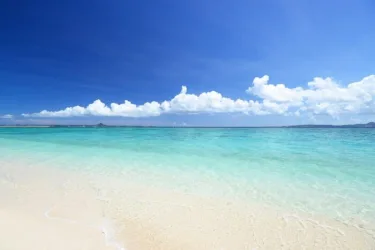
Japan Travel Guide
-
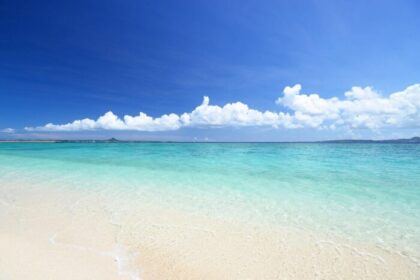
Miyakojima Island, Okinawa | Beautiful remote island scenery that everyone can envision
Throughout the archipelago of Okinawa, you can find beautiful beaches, but the beaches of Miyakojima are supposed to be the best. This small island is a paradise for swimmers and divers.
-
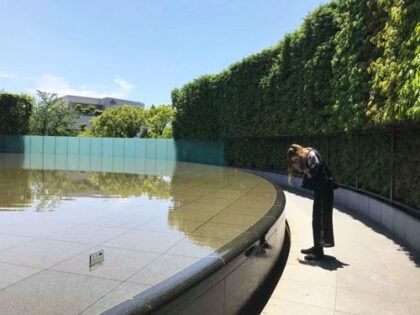
Atomic Bomb Museum, Nagasaki | A Place for World Peace
In Nagasaki, very close to where the epicenter of the explosion of the atomic bomb was, is the Atomic Bomb Museum. Here, you can learn about what happened in 1945, and why this should never happen again.
-
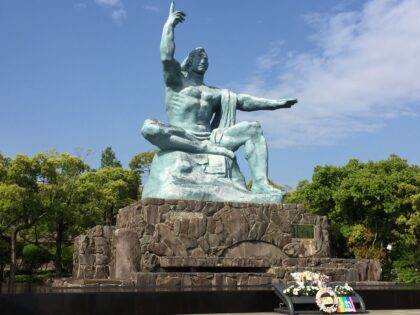
Nagasaki Peace Park, Nagasaki | A Place for World Peace
One of the most emotional places in Japan is the so-called Peace Park. It is located in Nagasaki, a few minutes’ walk from the atomic bomb museum and it commemorates the victims of the atomic bombing.
-

Sanno Sanctuary, Nagasaki has connected Japan with the world
One of the most impressive and curious places in Nagasaki is the Sanno Shrine because the main torii (gateway to the shrine) maintains only one pillar. How did this happen?
-
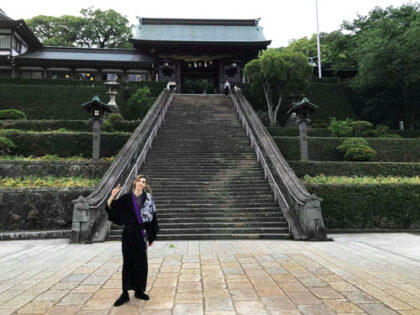
Suwa Shrine, Nagasaki | Beautiful main shrine and historic statues of sacred horses
The Suwa shrine in Nagasaki was founded in 1614 as a way to expel the Christian faith from the region. During the Edo period, Nagasaki was one of the few places where there was contact with foreigners.
-
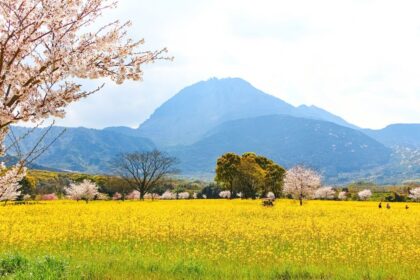
Shimabara, Nagasaki | Beautiful nature and rich tourism resources
Although Shimabara has been plagued by (man-made) disasters in its history, it is a nice town to visit when you are traveling through Kyushu. The upside to being in a seismically active area is that there are many hot springs to be found.
-

Monument For The 26 Martyrs | Clash of Japanese Culture and Christianity
Around 1549, Christian missionaries started arriving in Japan. They usually came from countries such as Spain and Portugal, and their objective was to spread the word of the church.
-
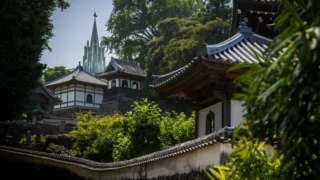
Nagasaki City | A city that connects the world and Japan
The city of Nagasaki is especially known for having been bombed with an atomic bomb during WW2. This fact overshadows its long history as an ancient point of contact with the Portuguese and the Dutch.
-
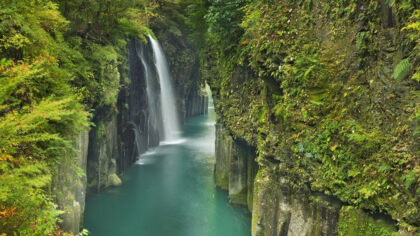
Takachiho, Miyazaki | Beautiful land also called the home of myths
In the deep forests of Kyushu, there’s a village named Takachiho, which is where you can find the famously beautiful Takachiho Gorge. It is easy to imagine how ancient myths originated in this area.
-
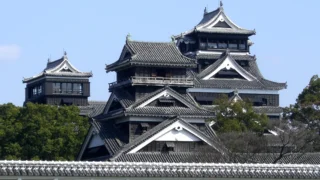
Kumamoto Castle, one of the three most beautiful castles in Japan
Kumamoto Castle is a Japanese castle located in Kumamoto City, the capital city of Kumamoto Prefecture. It is regarded as one of the three best castles in Japan together with Himeji and Nagoya castles.
-

Mount Aso, Kumamoto | One of the world’s largest calderas and beautiful mountain scenery
Mt Aso is the biggest active volcano in Japan and one of the largest calderas in the world. Some of the most unique views of the world can be seen when you hike in the environment of this mountain.
-
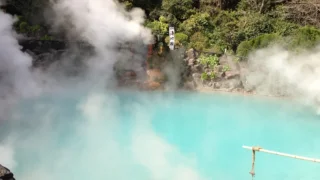
Beppu, Oita | One of the most famous hot spring resorts
Beppu is located in the central part of Oita, on the coast of Beppu Bay in Kyushu. It is one of Japan’s most famous onsen resorts, and you can see and experience some unique hot springs here.
-
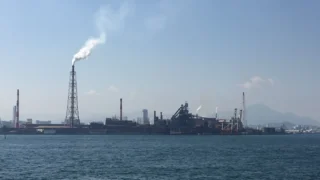
Kitakyushu, Fukuoka | Abundant gourmet food and beautiful scenery
Kitakyushu City is a non-touristy, industrial city in the north of Kyushu. There is still something to see though; Kokura with Kokura Castle and Moji with Moji Port where you can find retro buildings are interesting areas.
-
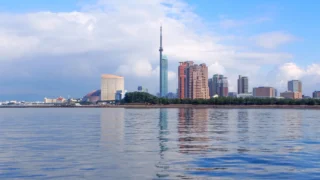
Fukuoka City (Hakata) | Largest city in Kyushu
Fukuoka has plenty of things to offer to tourists; a thriving nightlife and many shopping opportunities, traditional shrines and historical sights, and Japanese festivals.
-

Tanegashima, Kagoshima | Beautiful nature and Japan’s largest rocket launch site
Tanegashima is an island that is part of Kagoshima Prefecture in Kyushu. The headquarter of the Japan Aerospace Exploration Agency is located here, and there are beautiful beaches and mangroves.
-

Sakurajima, Kagoshima | Beautiful active volcano and the people who live there
Sakurajima is an active volcano and former island in Kagoshima, in the south of Kyushu island. How does the volcanic activity influence the region?
-
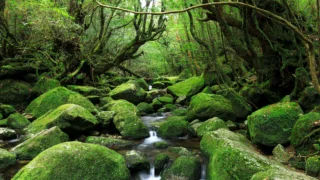
Yakushima, Kagoshima | The most beautiful and powerful wilderness
Yakushima is a subtropical island off the southwestern coast of Kyushu. It is covered by an extensive cedar forest that contains some of Japan’s oldest living trees called Yakusugi that became a World Natural Heritage Site.
-
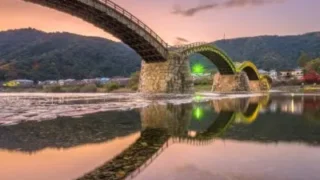
Iwakuni, Yamaguchi | The one and only beautiful bridge
Near Miyajima and Hiroshima, there is another town that many foreign tourists don’t know of but is worth a detour. Iwakuni is famous for its beautiful bridge and castle.
-
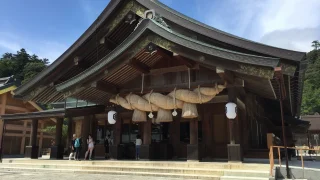
Izumo Taisha Shrine, Shimane | Beautiful and mysterious oldest architecture in Japan
Izumo Taisha locates in the east of Shimane is dedicated to the Shinto God Okuninushi-no-Mikoto. This shrine is regarded as the shrine of marriage, and it is famous for its gigantic shimenawa rope.
-
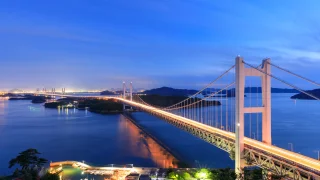
Great Seto Bridge (Seto Ohashi)
The Great Seto Bridge links the islands of Honshu and Shikoku. It is one of the largest bridges in the world, and even visible from space! There are some points of interest near the bridge.